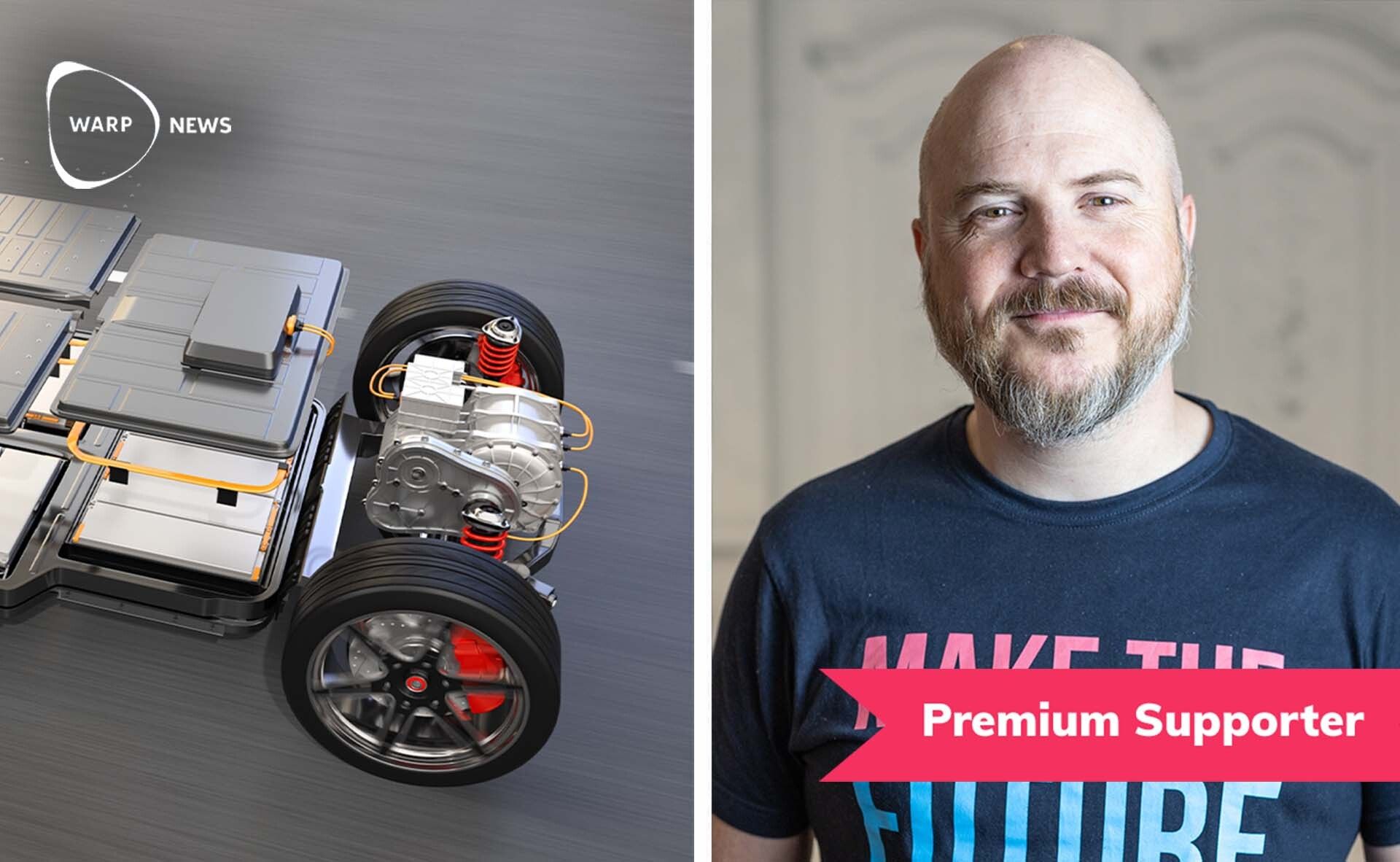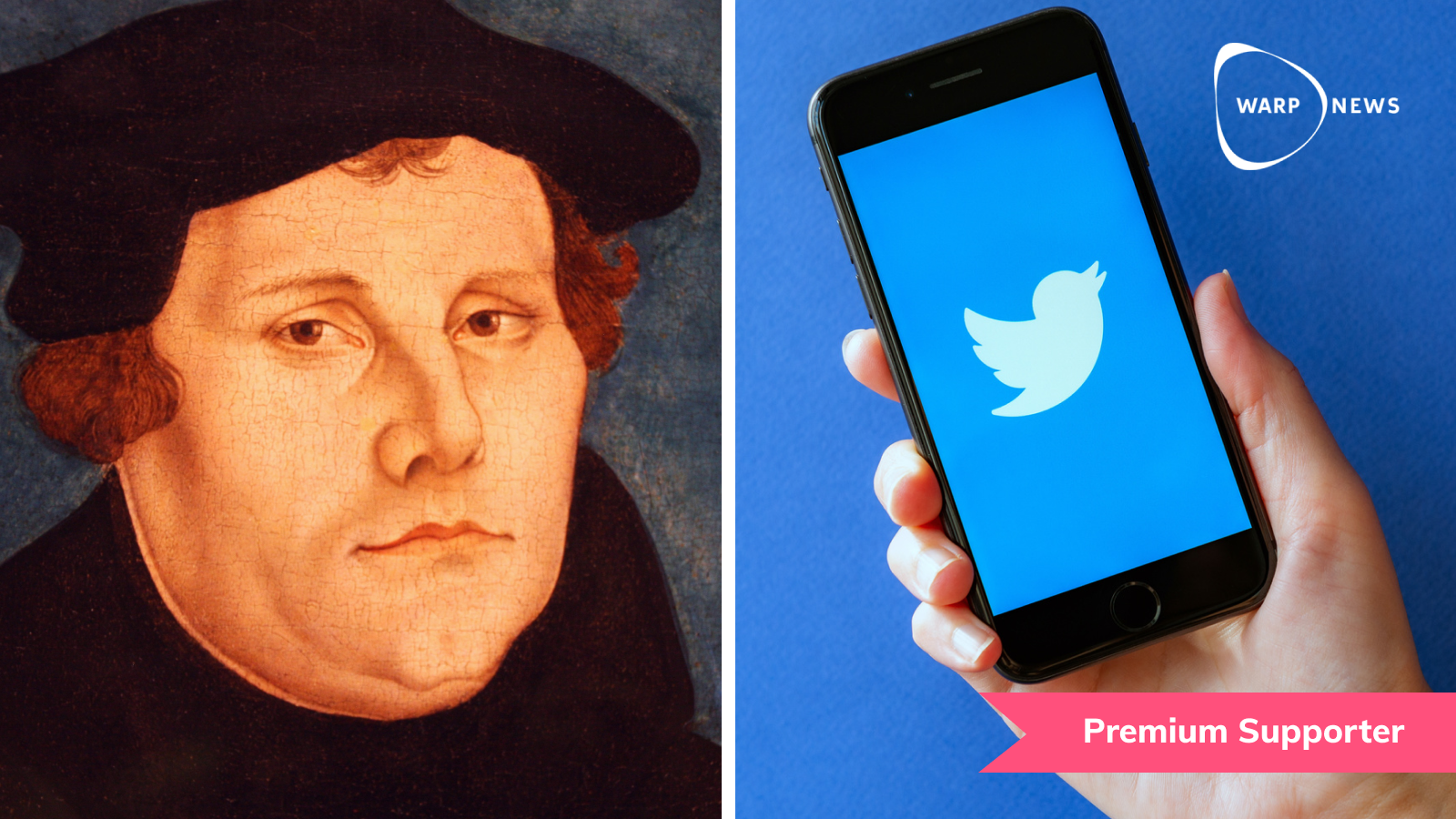
⛪ Martin Luther – The First Twitterer
In just four years Martin Luther went from a complete unknown, to the bestselling author in Europe. A couple of years later he had become such a threat to the church that they banned him. How was this possible before radio, tv and the internet? He used a breakthrough technology, in a new way.
Share this story!
In 1515 Martin Luther was a complete unknown. He didn’t even make the list of the top 100 professors of three rather obscure German universities. Four years later he was Europe’s most published author and well-known both among the clergy and people in general.
How was this possible in a time without radio, tv or the internet? Luther used the breakthrough technology of his time: The printing press.
His 95 theses were short and easy and inexpensive to print. But he wrote a lot of other texts as well. In 1518 and 1519 he published 45 works, often no longer than eight pages, and many of them in German, instead of the usual Latin. The print shops made a quick profit and were fast to print new editions.
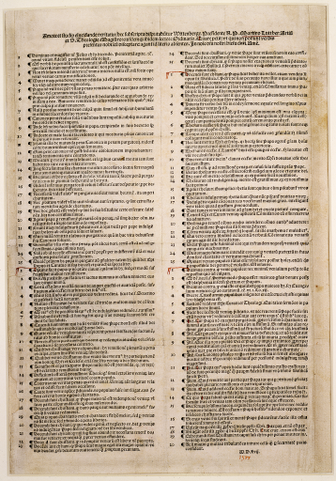
Banning Luther should have been the end of the story – but it wasn't...
This was not acceptable for the Catholic church, of course. So they excommunicated him in 1521. Usually that was the end of the story. Back then people got information about the church, in the church, by the church. Many people couldn’t read, and those who could usually didn’t read Latin, which was the language the clergy mostly communicated in.
So people had no other information than what they heard in church, and of course that carried a lot of weight with them.
But thanks to Luther’s almost manic publishing of new pamphlets and other texts – in German – and a decentralized printing press business in Germany, they suddenly had other information.
Between 1521 and 1525 Luther’s texts sold about two million copies. German publishing output doubled between 1520 to 1525 compared to the previous decade, and almost all of the increase came from Luther and his friends.
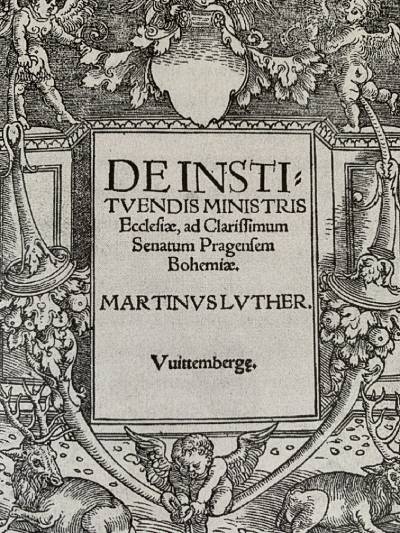
Not only did Luther publish short texts in German that were easy to print, he also used images in a new way. Three portraits of Luther were made. The first one showing a simple monk, staring calmly outward with a resolute look. The second added a touch of humility and the third captured a historical moment in his life.
Without these images few people would have known what Martin Luther looked like. Again, there was no radio, tv, internet or even newspapers. But now people couldn’t just read his opinions, they could also see who the man behind the message was.
So what the church said didn’t take. People didn’t accept it. They had other information now.
The first twitterer
Martin Luther was the first twitterer - coined first by Ashkan Fardost. His 95 theses is a long tweet thread. And the images were memes.
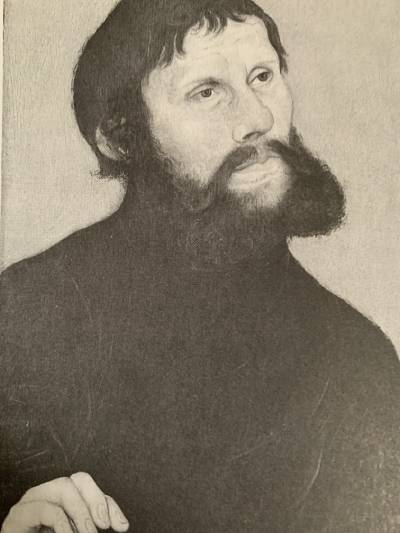
What the printing press made possible was for him to bypass the usual gatekeepers, communicating instead directly to the people. With every new technology we see that happening. And every time the gatekeepers get mad.
The internet is of course such a technology, giving billions of people an increasingly easier way to communicate. Overall this is very good. People become more knowledgeable and well informed, which leads to more ideas, and more ideas lead to more progress.
Key lesson: Information needs to be free
A key lesson from Martin Luther was not just the printing press technology, but how decentralized the printing press business was in Germany. Likewise, Germany itself was decentralized, made up of hundreds of rather independent cities. No central authority could just ban Luther’s texts.
Information needs to be free, both via democracy and technology.
That doesn’t mean that everything that is communicated is good, or that bad actors also won’t use the new technologies. But we should also be a bit cautious of who it is that is pointing out the bad actors.
One gatekeeper has been the news media. They don’t like that people now can bypass them and point their fingers towards the bad guy called social media. They even want social media companies to pay them money, when someone clicks a link and goes to their own newspaper site. Everyone else has to pay to get visitors, not the other way around. Unfortunately many politicians have gone along with this. That is crazy bananas.
Again, social media is not all good, but problems can always be fixed. That we are now about to connect all of humanity with each other is a very, very good thing.
Millions of new reformers out there
Imagine how many good intended reformers we have out there, that we will hear about when they suddenly can make their voices heard.
Mathias Sundin
Calling Martin Luther the first twitterer was not my idea originally. It came from the smart and brilliant speaker Ashkan Fardost. If you have the opportunity to see him on stage, make sure you don’t miss it.
If you want to read more about Martin Luther and how he used the printing press, check out the book Brand Luther by historian Andrew Pettegree.
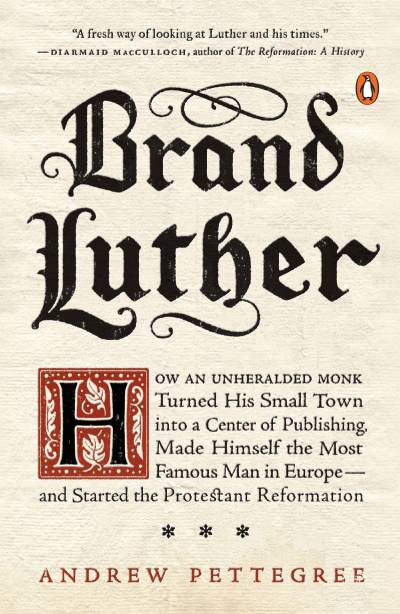
By becoming a premium supporter, you help in the creation and sharing of fact-based optimistic news all over the world.


